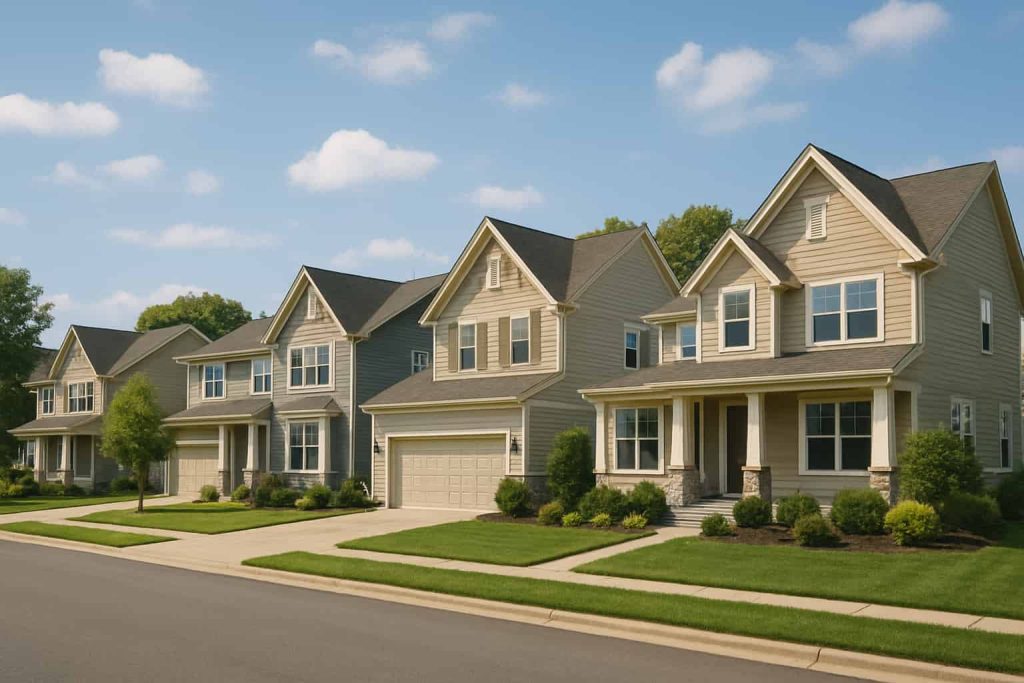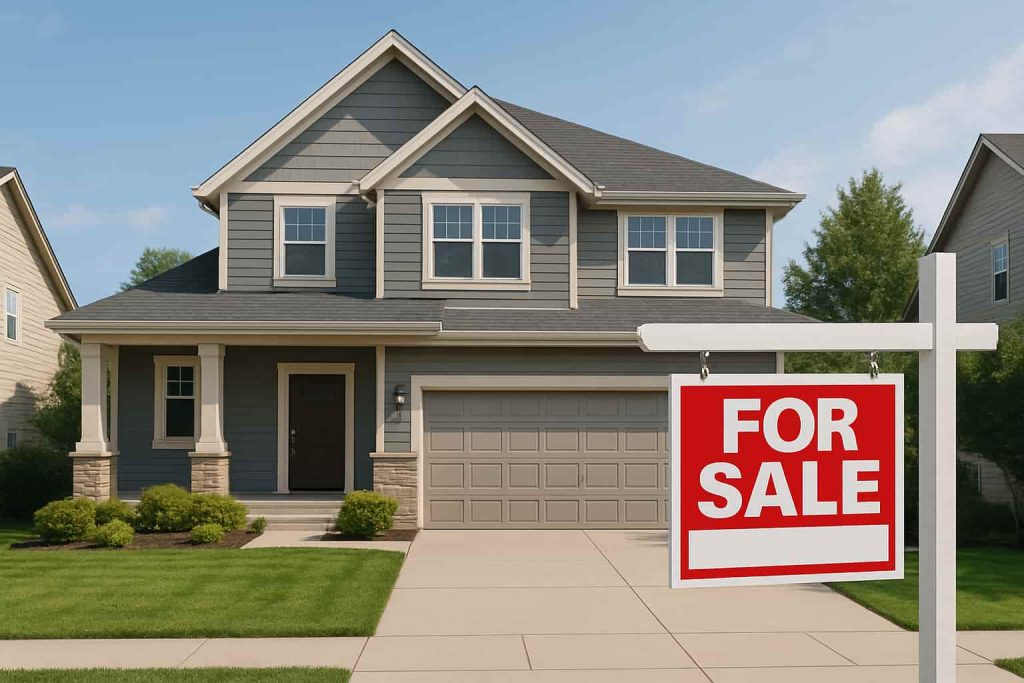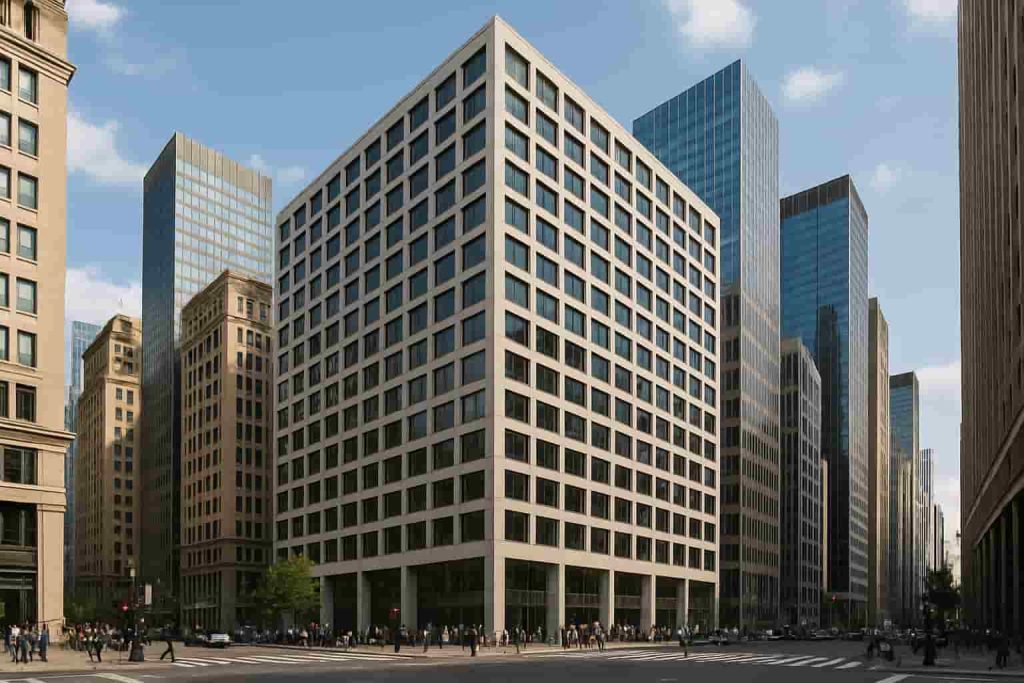Is Melbourne stating to lose some its liveability shine?
New research by RMIT University’s Centre for Urban Research has put a dampener on Melbourne’s global reputation for liveability.
The research has found Melbourne and other Australian capital city counterparts are coming up short on criteria such as easy car-free access to services and facilities, open spaces, housing affordability and employment.
The RMIT report highlights the challenge Melbourne faces accommodating its rising population while at the same time transforming from the old model of a CBD hub which workers travel to each day from their suburban homes.
The report also confirmed that unaffordable housing is forcing lower income earners further out and they are having to rely on long commutes in their car to get to work.
The ideal goal to maintain liveability is for Melbourne to transform into a network of mixed-use hubs that reduce the need for wasteful and long commutes.
RMIT’s Billie Giles-Corti was the report’s lead author and told Australian Financial Review that Melbourne’s liveability often depended on who you were.
“If you’re an executive coming to work in Melbourne, it’s incredibly liveable,” he said.
“But it’s not liveable for everyone.”
“There are a lot of inequalities and there are no cities in Australia delivering all the things we’ve looked at.”
In terms of planning and housing, Melbourne has a housing target of 15 dwellings per hectare but only 20 per cent of its suburbs achieve that. The city average is around 13 dwellings per hectare.
The report stressed the importance of walkability when it came to liveability and it pointed out that this factor will increasingly come to affect house prices, despite many suburbs still being developed with the car at the forefront of mind.



